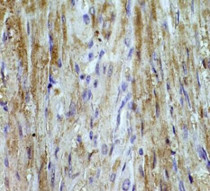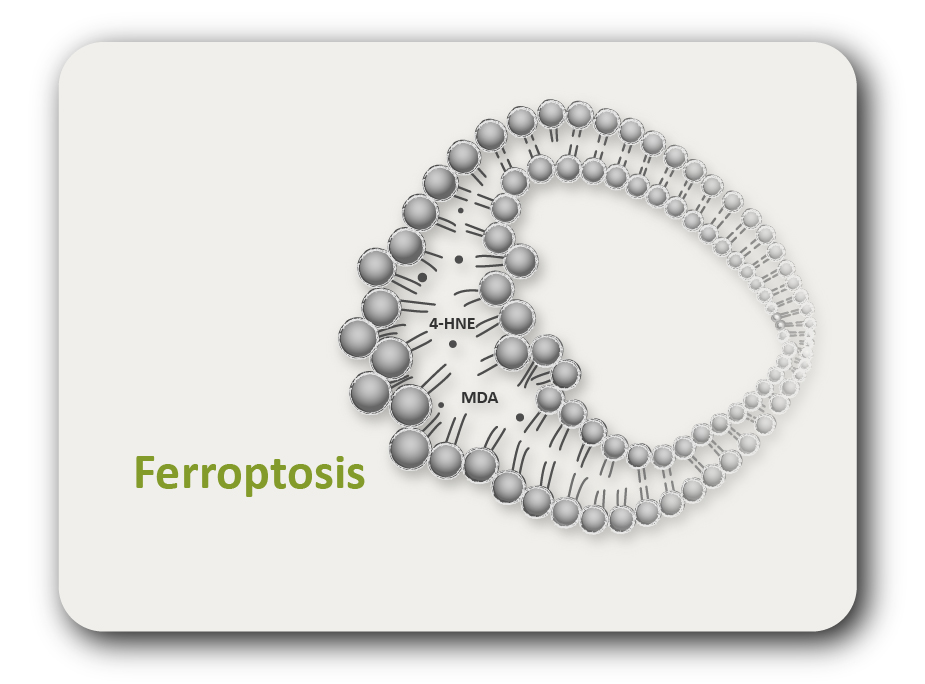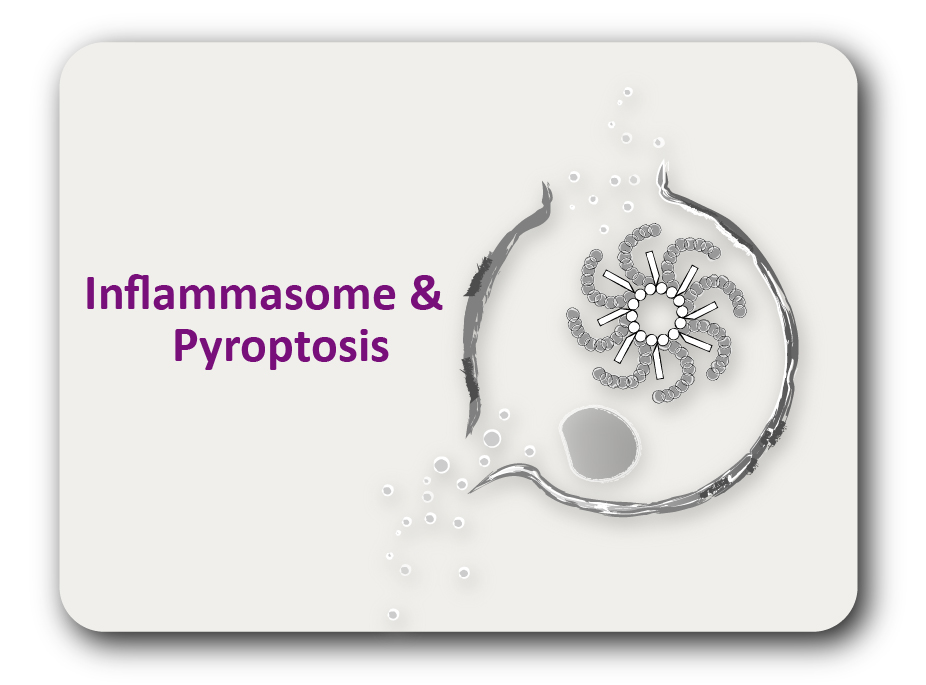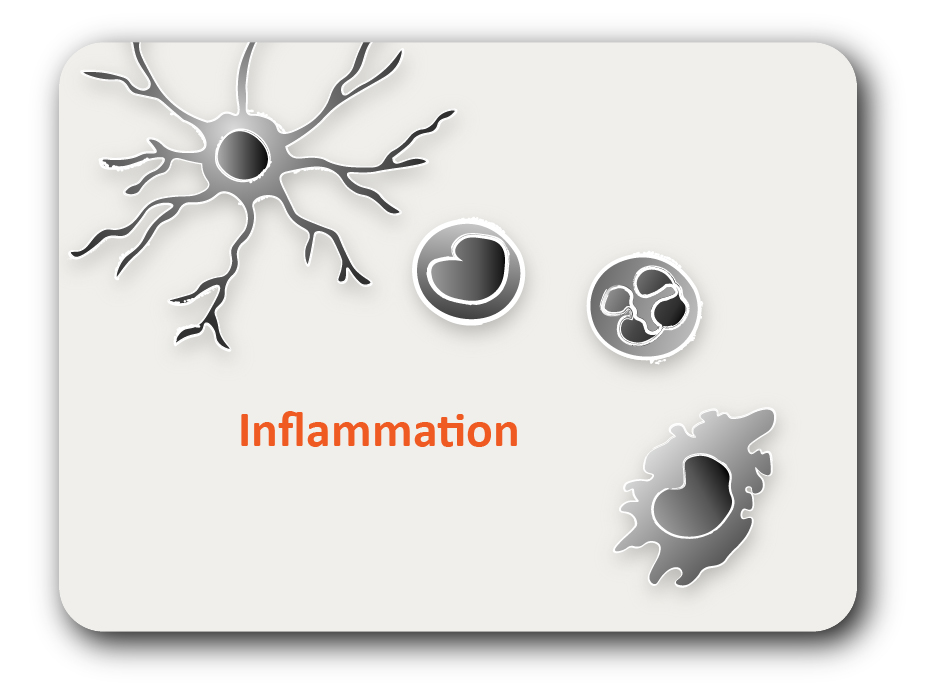ARG70007
anti-Angiotensin I 1-7 / Angiotensin II 1-7 antibody
anti-Angiotensin I 1-7 / Angiotensin II 1-7 antibody for ICC/IF,IHC-Formalin-fixed paraffin-embedded sections,Western blot and Human,Mouse,Rat,Dog
Cancer antibody; Cell Biology and Cellular Response antibody; Metabolism antibody
概述
| 产品描述 | Rabbit Polyclonal antibody recognizes Angiotensin I 1-7 / Angiotensin II 1-7 |
|---|---|
| 反应物种 | Hu, Ms, Rat, Dog |
| 应用 | ICC/IF, IHC-P, WB |
| 宿主 | Rabbit |
| 克隆 | Polyclonal |
| 同位型 | IgG |
| 靶点名称 | Angiotensin I 1-7 / Angiotensin II 1-7 |
| 抗原物种 | Human |
| 抗原 | Asp - Arg - Val - Tyr - Ile - His - Pro |
| 偶联标记 | Un-conjugated |
| 別名 | Des-Asp[1]-angiotensin II; Angiotensin III; SERPINA8; Angiotensinogen; Angiotensin 3-8; Ang IV; Ang I; Angiotensin I; Angiotensin II; Angiotensin 1-8; Angiotensin 1-10; Angiotensin IV; Ang III; Ang II; Angiotensin 2-8; ANHU; Serpin A8 |
应用说明
| 应用建议 |
|
||||||||
|---|---|---|---|---|---|---|---|---|---|
| 应用说明 | * The dilutions indicate recommended starting dilutions and the optimal dilutions or concentrations should be determined by the scientist. | ||||||||
| 阳性对照 | Rat & Mouse Heart |
属性
| 形式 | Powder |
|---|---|
| 纯化 | Unpurified |
| 缓冲液 | Serum |
| 复溶 | Reconstitute with 50 µl of distilled water for the equivalent of undiluted antiserum. |
| 存放说明 | Please store the lyophilized antibody at -20°C upon receipt. For optimal results, use the antibody immediately after reconstitution. Once reconstituted, the antibody is stable for up to three days at 4°C. For long-term storage, aliquot and store at -20°C or below. Storage in frost free is not recommended. Avoid repeated freeze/thaw cycles. The antibody solution should be gently mixed before use. |
| 注意事项 | For laboratory research only, not for drug, diagnostic or other use. |
生物信息
| 数据库连接 | |
|---|---|
| 基因名称 | AGT |
| 全名 | angiotensinogen (serpin peptidase inhibitor, clade A, member 8) |
| 背景介绍 | The protein encoded by this gene, pre-angiotensinogen or angiotensinogen precursor, is expressed in the liver and is cleaved by the enzyme renin in response to lowered blood pressure. The resulting product, angiotensin I, is then cleaved by angiotensin converting enzyme (ACE) to generate the physiologically active enzyme angiotensin II. The protein is involved in maintaining blood pressure and in the pathogenesis of essential hypertension and preeclampsia. Mutations in this gene are associated with susceptibility to essential hypertension, and can cause renal tubular dysgenesis, a severe disorder of renal tubular development. Defects in this gene have also been associated with non-familial structural atrial fibrillation, and inflammatory bowel disease. [provided by RefSeq, Jul 2008] |
| 生物功能 | Essential component of the renin-angiotensin system (RAS), a potent regulator of blood pressure, body fluid and electrolyte homeostasis. Angiotensin-2: acts directly on vascular smooth muscle as a potent vasoconstrictor, affects cardiac contractility and heart rate through its action on the sympathetic nervous system, and alters renal sodium and water absorption through its ability to stimulate the zona glomerulosa cells of the adrenal cortex to synthesize and secrete aldosterone. Angiotensin-3: stimulates aldosterone release. Angiotensin 1-7: is a ligand for the G-protein coupled receptor MAS1. Has vasodilator and antidiuretic effects. Has an antithrombotic effect that involves MAS1-mediated release of nitric oxide from platelets. [UniProt] |
| 研究领域 | Cancer antibody; Cell Biology and Cellular Response antibody; Metabolism antibody |
| 预测分子量 | 53 kDa |
| 翻译后修饰 | Beta-decarboxylation of Asp-34 in angiotensin-2, by mononuclear leukocytes produces alanine. The resulting peptide form, angiotensin-A, has the same affinity for the AT1 receptor as angiotensin-2, but a higher affinity for the AT2 receptor. In response to low blood pressure, the enzyme renin/REN cleaves angiotensinogen to produce angiotensin-1. Angiotensin-1 is a substrate of ACE (angiotensin converting enzyme) that removes a dipeptide to yield the physiologically active peptide angiotensin-2. Angiotensin-1 and angiotensin-2 can be further processed to generate angiotensin-3, angiotensin-4. Angiotensin 1-9 is cleaved from angiotensin-1 by ACE2 and can be further processed by ACE to produce angiotensin 1-7, angiotensin 1-5 and angiotensin 1-4. Angiotensin 1-7 has also been proposed to be cleaved from angiotensin-2 by ACE2 or from angiotensin-1 by MME (neprilysin). The disulfide bond is labile. Angiotensinogen is present in the circulation in a near 40:60 ratio with the oxidized disulfide-bonded form, which preferentially interacts with receptor-bound renin. |
检测图片 (1) Click the Picture to Zoom In








